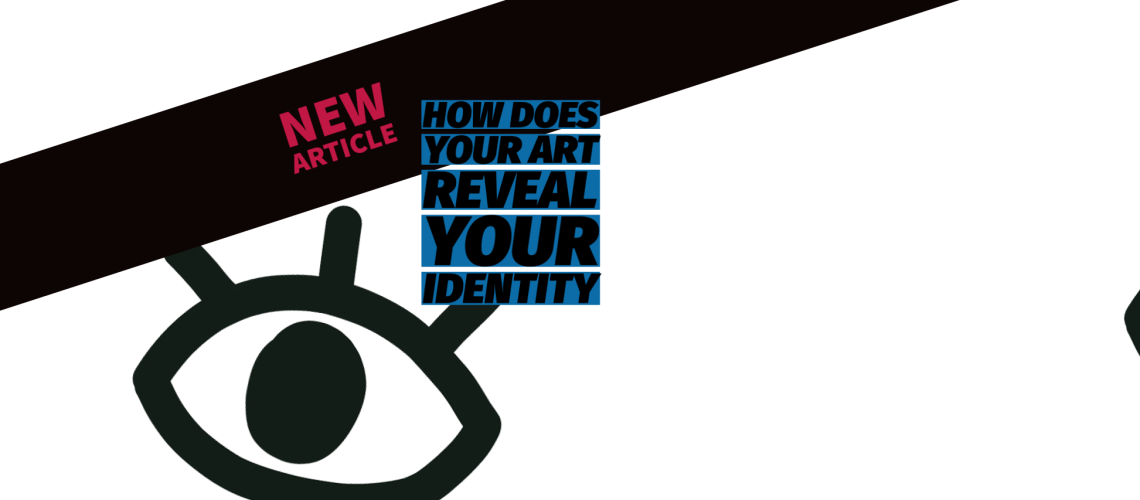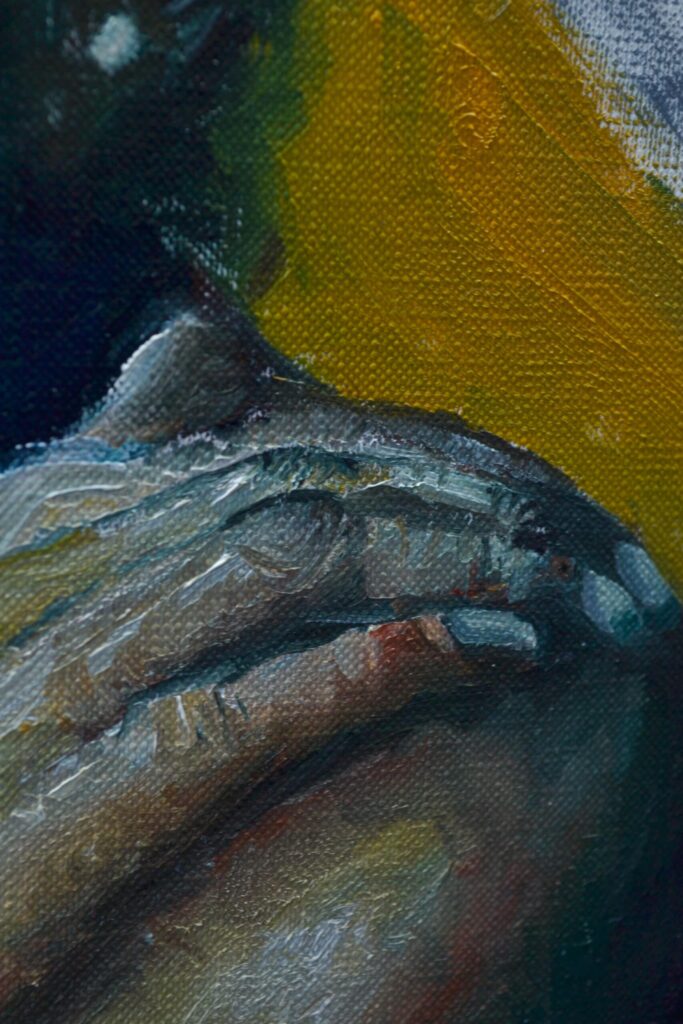
what is the relationship between art and technology
Are you curious about the world of arts, but find yourself constantly drawn to the latest technological advancements? Fear not, my friend! Stay tuned and discover





Are you curious about the world of arts, but find yourself constantly drawn to the latest technological advancements? Fear not, my friend! Stay tuned and discover

Contemporary trans artists are making waves in the art world. Hey, these artists are totally breaking down barriers and challenging traditional norms! They are using

Hat die ki unsere Kunst für immer geändert Hey, hast du schon mal von Adobe und künstlicher Intelligenz gehört? Ich bin total begeistert von diesem

Did you know that The term “queer” was historically used as a derogatory term to describe individuals who did not conform to societal norms of

have you ever been conflicted with your own identity? Do you make art? And you ask yourself how these two actions correlate. well in this

Why buy Artwork from new ARTISTS? A market for artists such as Abramovic, Picasso, or even Warhol is too explored because a lot of people